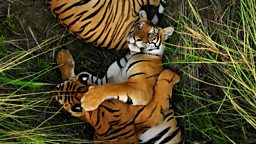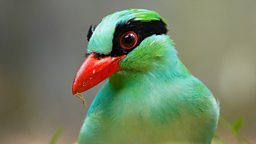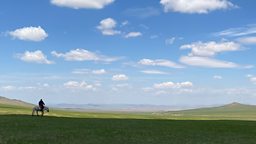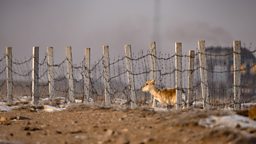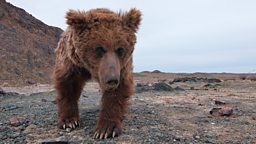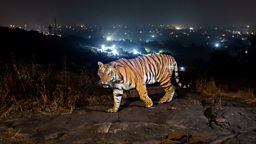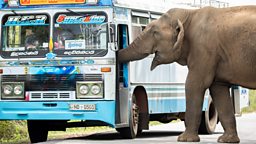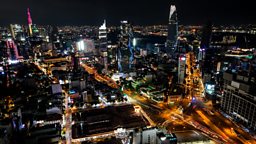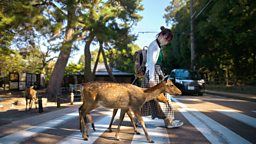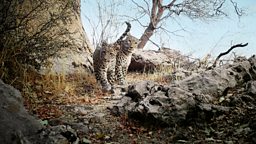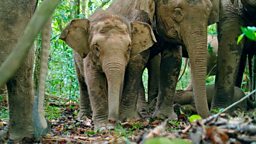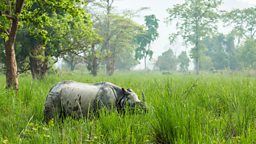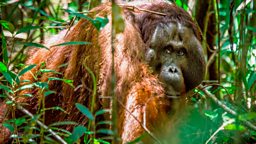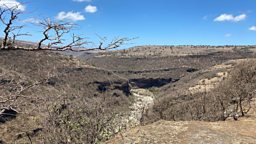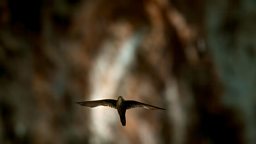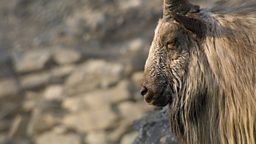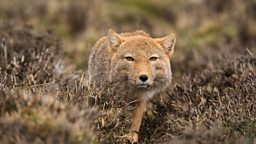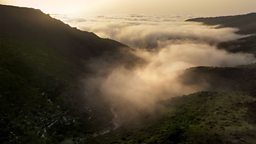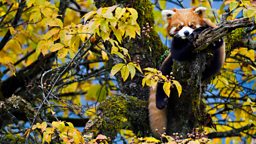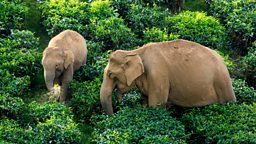Filming Tangled Worlds
By Patrick Evans, Producer
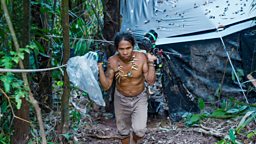
The challenges of working in jungles are myriad. Leeches, venomous snakes, insect-borne diseases, equatorial heat and humidity, torrential rainstorms, mud, landslides, forest fires, falling branches, and a lack of mobile phone or satellite coverage due to the canopy are just some of the obstacles that may need overcoming.
how do you see anything, let alone film and follow it, when there are trees everywhere?
Yet for wildlife filmmakers, these challenges are probably the least of your worries in comparison to the chief problem: how do you see anything, let alone film and follow it, when there are trees everywhere?
To make Tangled Worlds, the production team looked for fresh stories that would not only give a picture of the incredible richness and diversity of Asia’s forests, but which would also stand a fighting chance of being filmed.

Tigers and rhinoceroses were high on our wish list, and in Nepal, we found forests where both could be observed and filmed by airborne drones in clearings, lily ponds and patches of elephant grass. Orangutans, which spend most of their lives thirty metres up in the treetops, are notoriously hard to see and follow in the wild, but in Kalimantan, Indonesia, Bornean orangutans frequently spend time foraging on the ground, where it would potentially be a lot easier to keep up with them.
...we chose to work as much as possible with locally-based photographers and crew.
Hornets presented one of the more unusual quandaries. In Taiwan, we hoped to film an intimate story of one of the numerous species of Asian so-called “killer” hornets. In order to show the viewer the world from the hornets’ perspective, we wanted to get our lens inside a nest, ideally without getting stung. To do this, we worked with local hornet experts who gave us expertise in handling nests safely, which in turn allowed us to film the interior of a yellow-legged hornet’s nest in controlled conditions, using specialised lenses and equipment designed for close-up work with small subjects.
Across our filming locations in China, India, Iraq, and Malaysia, we wanted to work in the most sustainable way possible and so we chose to work as much as possible with locally-based photographers and crew. This approach turned out to have several advantages, not least, for example, in India, where the ability of the local team to react quickly to monsoon rains enabled them to be in position just in time to film the mysterious purple frog, which only emerges from underground for just a few hours, once a year.
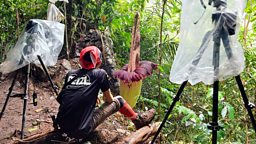
Besides giving us an advantage in terms of timing, local crews also helped us be ready to cope with everything a jungle can throw at you. In Indonesia, cameraman Abinara Anuraga was already very well accustomed to filming in tropical peat swamps. This familiarity, on top of his native language skills, undoubtedly made it much easier for him to stay in the field for the months required to capture the story of a female orangutan’s search for a mate and her subsequent pregnancy. Training in rope access skills also made it possible for Abinara and fellow cameraman Björn Vaughn to get up into the canopy with the orangutans, capturing behaviour from a new perspective.
he managed to approach the tigers at a spot on the river which they would visit to drink and bathe
With support from ���˿��� Studios Natural History Unit’s Project Songbird, which invests in training for local crew, Abinara then went on to film several other stories across Asia with the Tangled Worlds team. In Nepal he was part of the crew that filmed a family of tigers for the first time. Using camouflage skills acquired in Indonesia, he managed to approach the tigers at a spot on the river which they would visit to drink and bathe, recording their behaviour from a filming hide just a few metres away.
In Malaysia, Abinara helped to capture the story of elephants in palm oil plantations, patiently holding his nerve and keeping a steady hand to film a herd, as they came extremely close to him to feed. Finally, back in Sumatra in his native Indonesia, along with other cinematographers and an engineer from the UK, Abinara took on the immense challenge of filming the blooming of the titan arum flower, which occurs just once in ten years. An intense tropical rainstorm caused flash floods, which washed away part of the crew’s accommodation. Fortunately, damage was limited to a sleepless night, large amounts of mud and some soaking wet clothes, and although the timing of the blooms proved unpredictable, at least they were rooted to the spot, and thus filmable - a relief for everyone tasked with capturing the story of the jungles of Asia.
